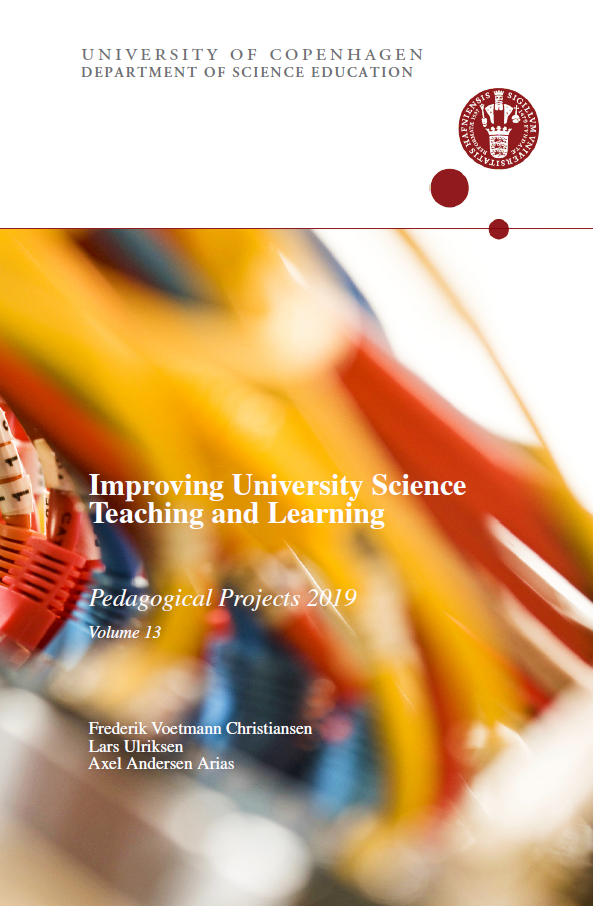Dialog-baseret undervisning i forelæsninger om træ som materiale
Keywords:
dialog-baseret, forelæsninger, input, spørgsmål, egenskaber, didaktik, forståelse, strukturAbstract
My project concerns the development of dialogue-based teaching within
wood materials science for civil engineers. Teaching was done over two course dates at the Technical University of Denmark in Spring 2018 where about 50 students attended each time. Teaching was organised with two hours of lectures in a lecture hall followed by two hours of supervised classroom exercises (calculation assignments). The aim of my project was to improve the learning outcome of students by having teaching revolving around discussions rather than a monologue lecturing. This was particularly challenging as my contribution to the course involved only a small fraction of the teaching and the students were used to traditional lecturing with very little student involvement in the teaching. Thus, a specific aim at the beginning of my first teaching date was to re-negotiate the didactical contract between me and the students by signalling that I expected them to be active and participate in the discussions. While the location and the curriculum for my teaching were
set, I was free to choose how I taught the curriculum. Therefore, I organised my teaching into a string of didactic loops according to the framework of the Theory of Didactic Situations. In each loop, the students were presented a minimal amount of information before they were given a question and time to reflect and discuss with their neighbour. Evaluation of the teaching method was done by the students
replying anonymously to an online questionnaire with three questions: 1) Rate the connection between lectures and classroom exercises? (Score 1 to 7), 2) Did discussing with your neighbour aid your understanding of the topic? (Score from 1 to 7), 3) Any further comments? (Written answers, multiple answers possible). The students were generally satisfied with the dialogue-based teaching and they found the teaching useful for classroom exercises based on the ratings of questions 1 and
2. However, the third question was the most useful for me in improving my teaching in the future. From my own experience in the lecture hall as well as the students’ input it was clear that the re-negotiation of the didactical contract was not fully successful. As a result I will try to improve my future teaching by being more explicit in informing the students what is going to happen in the next session and why.
Downloads
Published
How to Cite
Issue
Section
License
Counting from volume 19 (2023), articles published in IUSTL are licensed under Creative Commons Attribution-NonCommercial 4.0 International License. The editorial board may accept other Creative Commons licenses for individual articles, if required by authors.
Articles in volume 1-18 are not licensed under Creative Commons. In these volumes, all rights are reserved to the authors. This implies that readers can download, read, and link to the articles, but they cannot republish the articles. Authors can upload their articles in an institutional repository as a part of a green open access policy.




